Welcome to the MDoloris Medical Systems website.
This site is reserved for healthcare professionals
Are you a healthcare professional or similar?
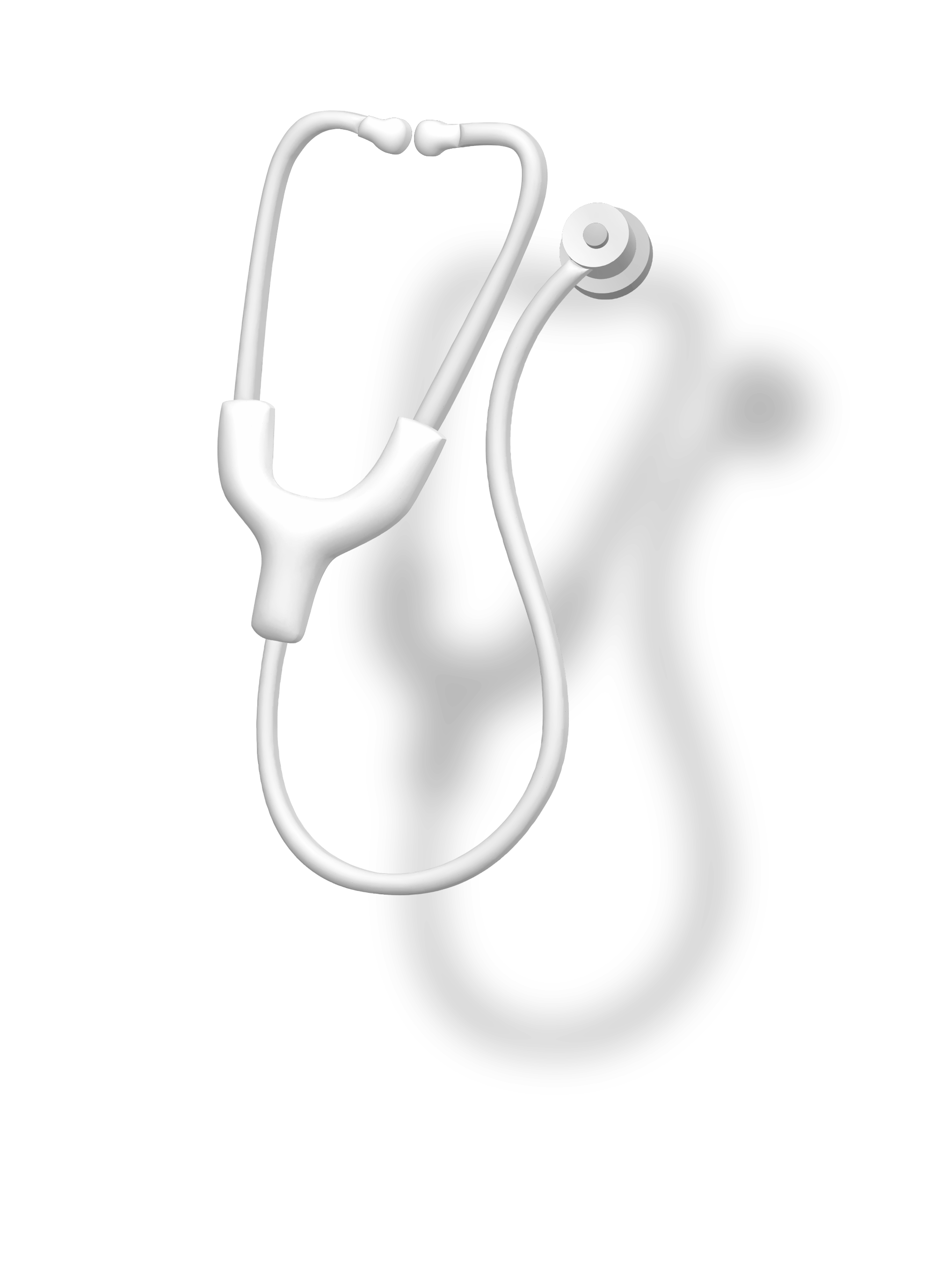
Surgical stress is the source of post op pain and many other complications which hemodynamics cannot to detect.
The ANITM and NIPETM offer a continuous and noninvasive measures of the sympathetic/parasympathetic balance from 26 months preterm to elderly, which leads to a more hemodynamic stability during anesthesia, less post op pain and better and faster recovery.
Download our brochure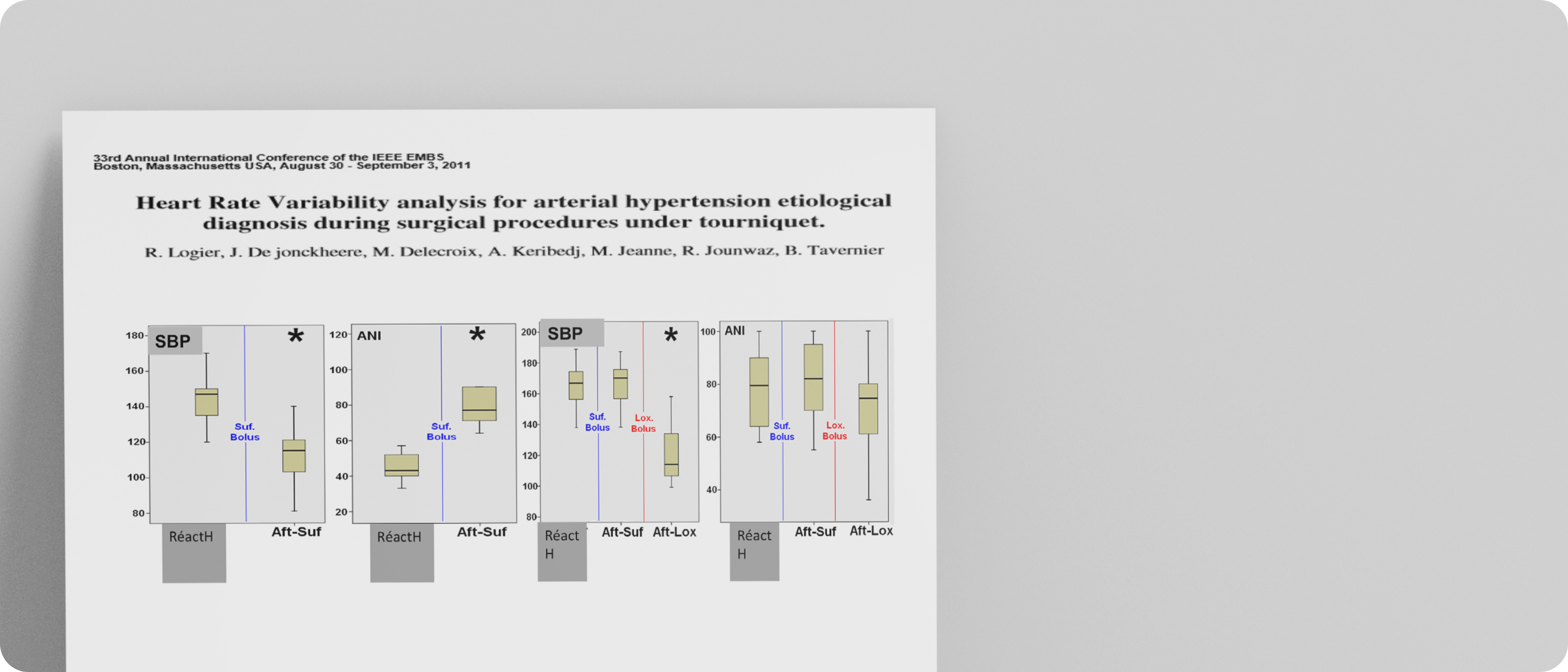
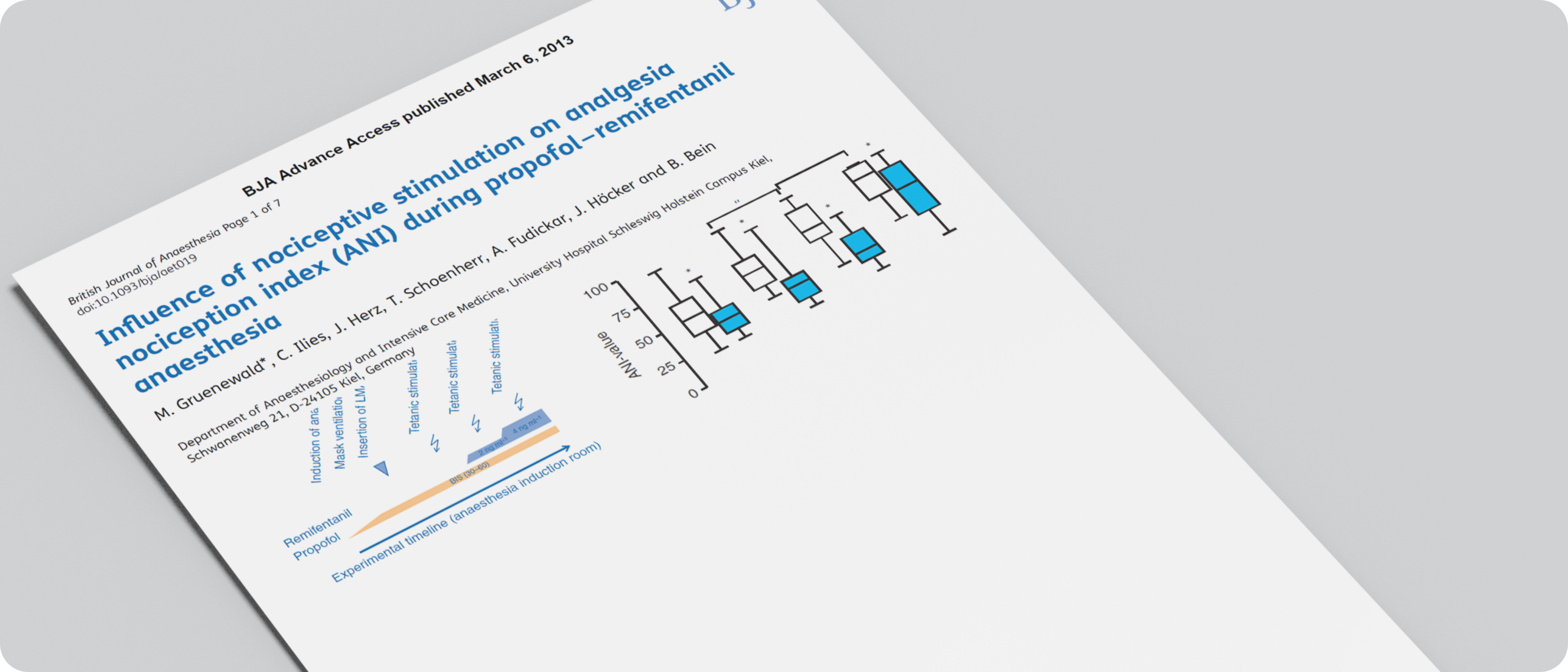
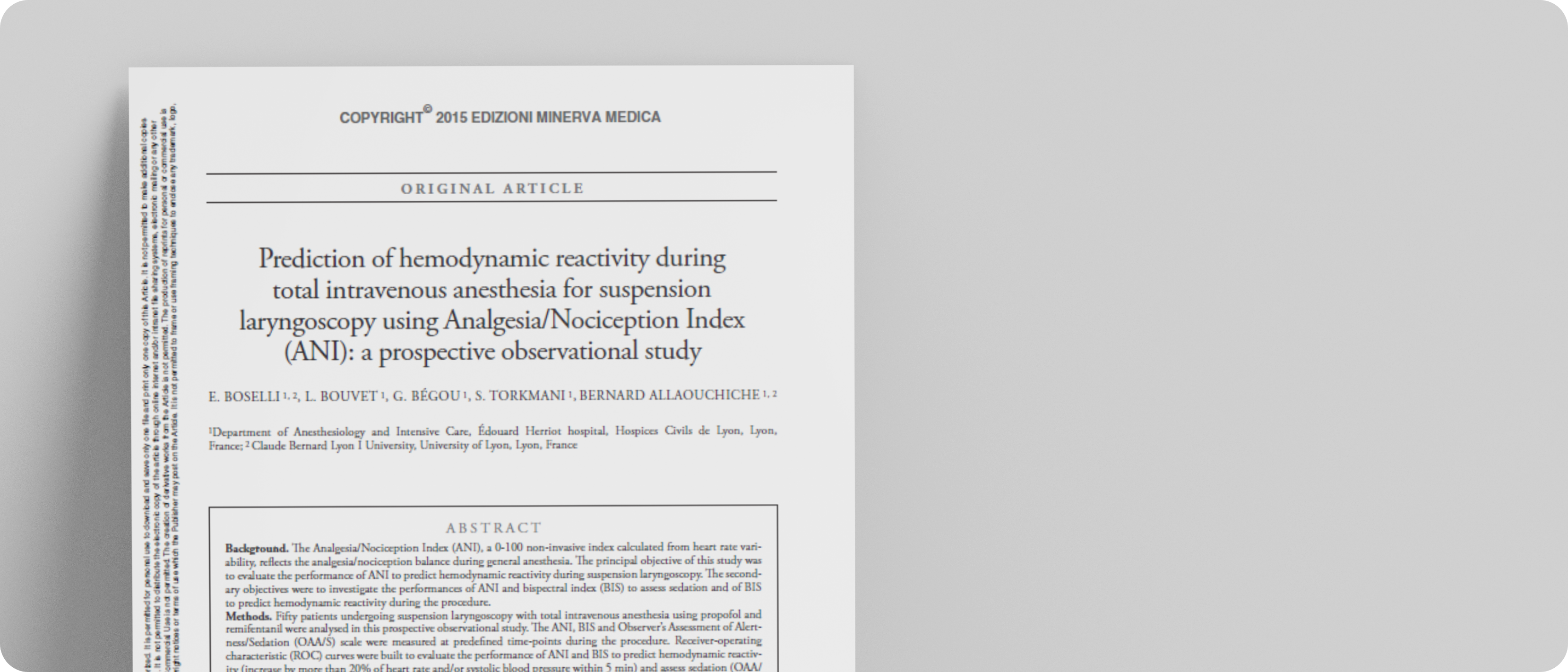
Read the full study
Read the full study
Read the full study
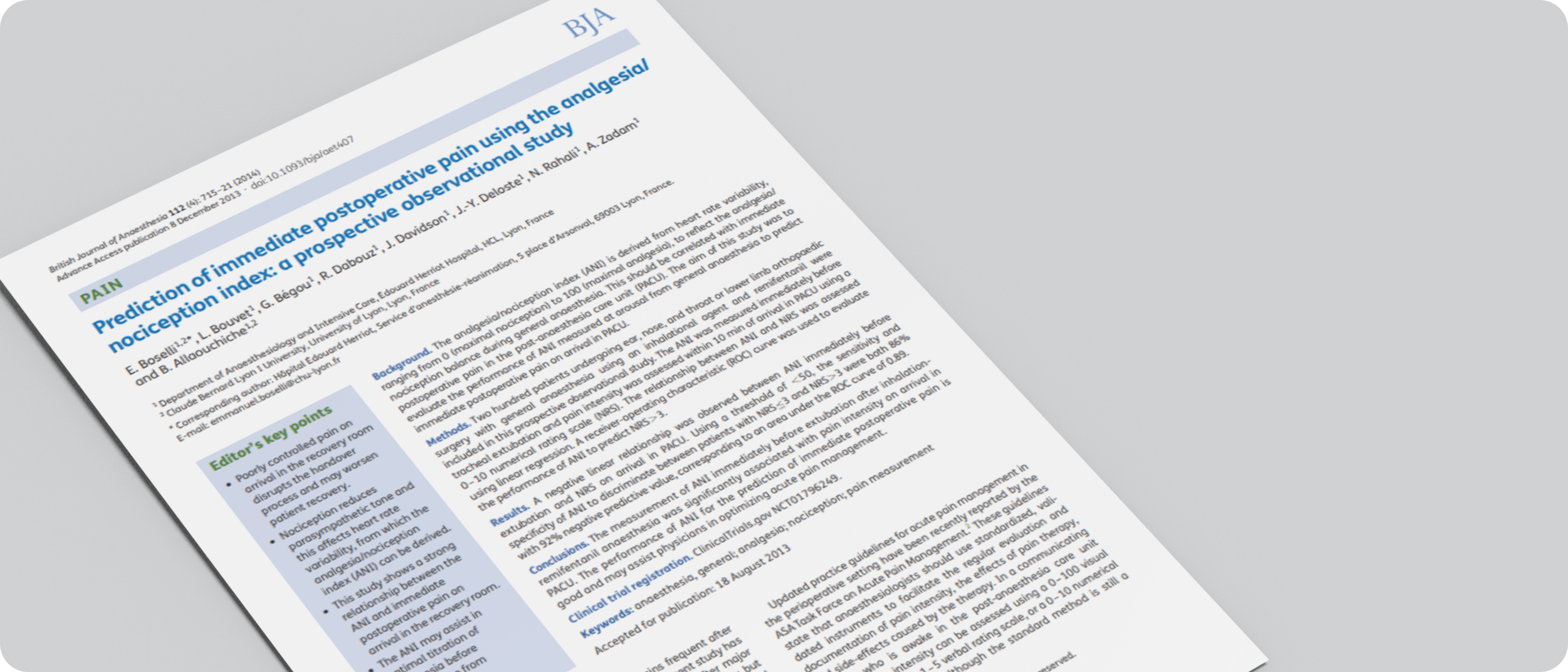
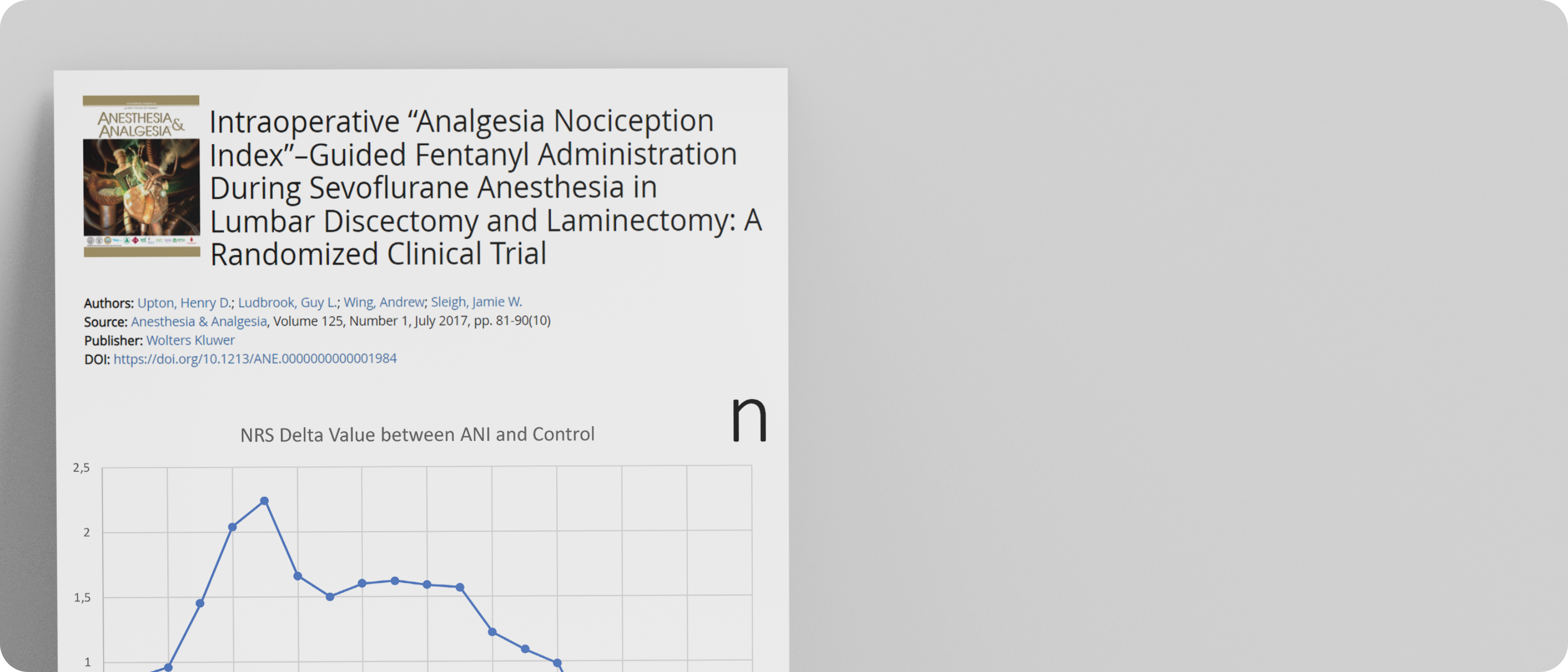
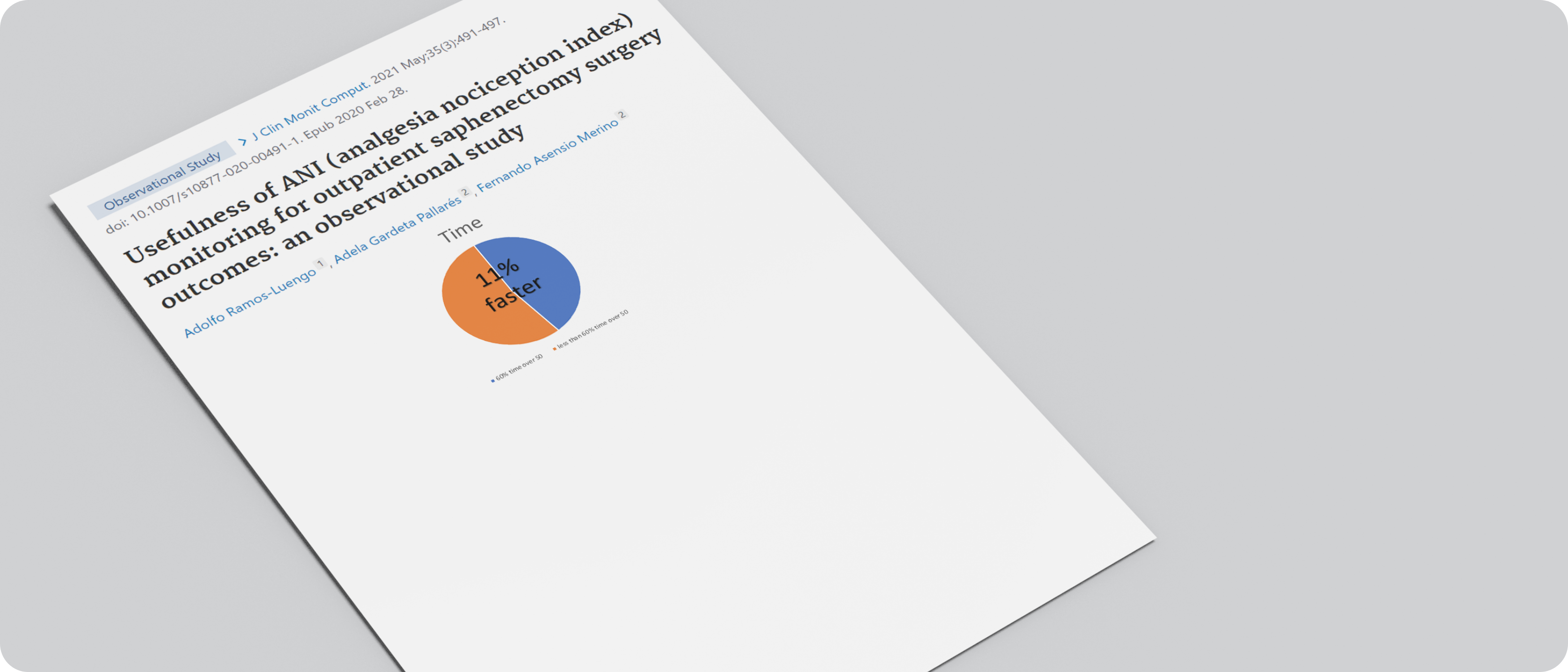
Read the full study
Read the full study
Read the full study
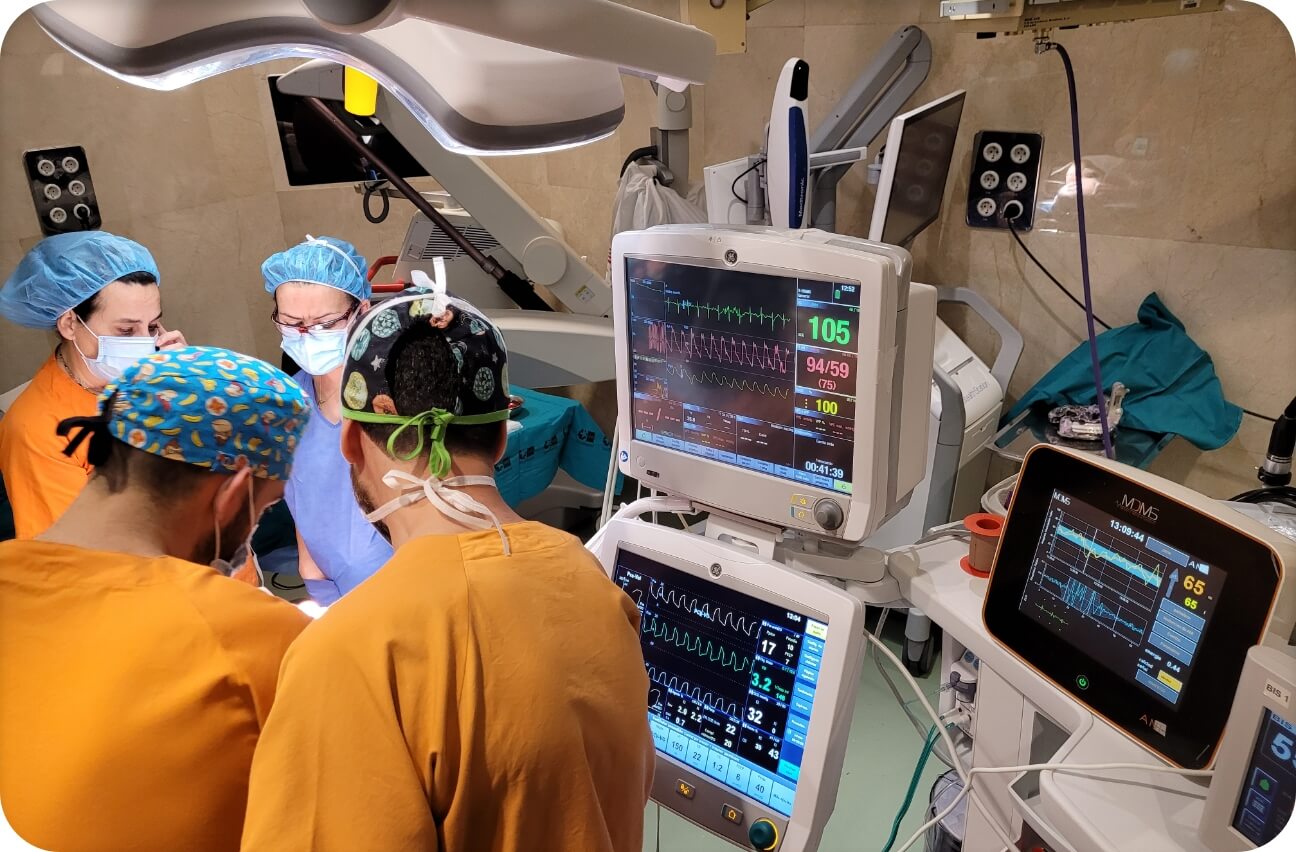

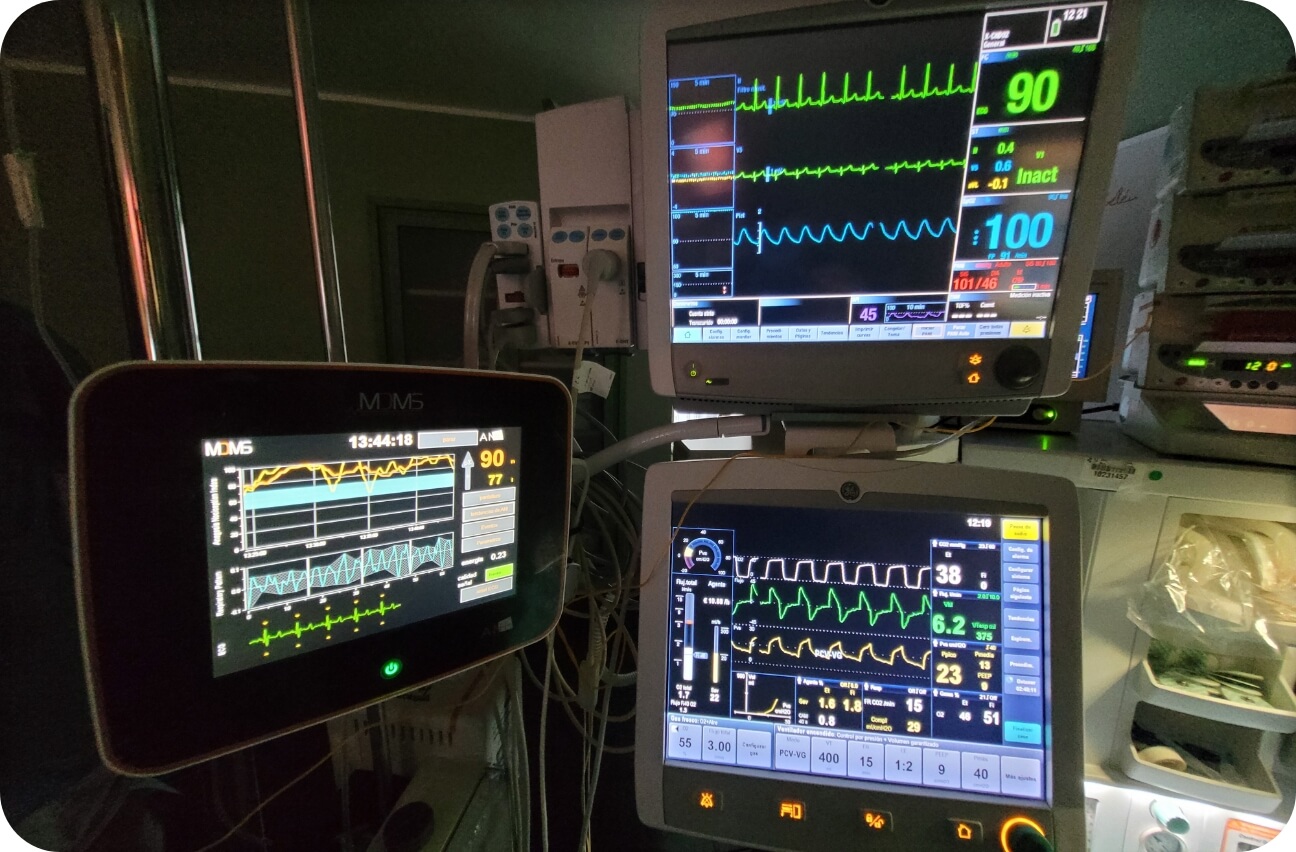
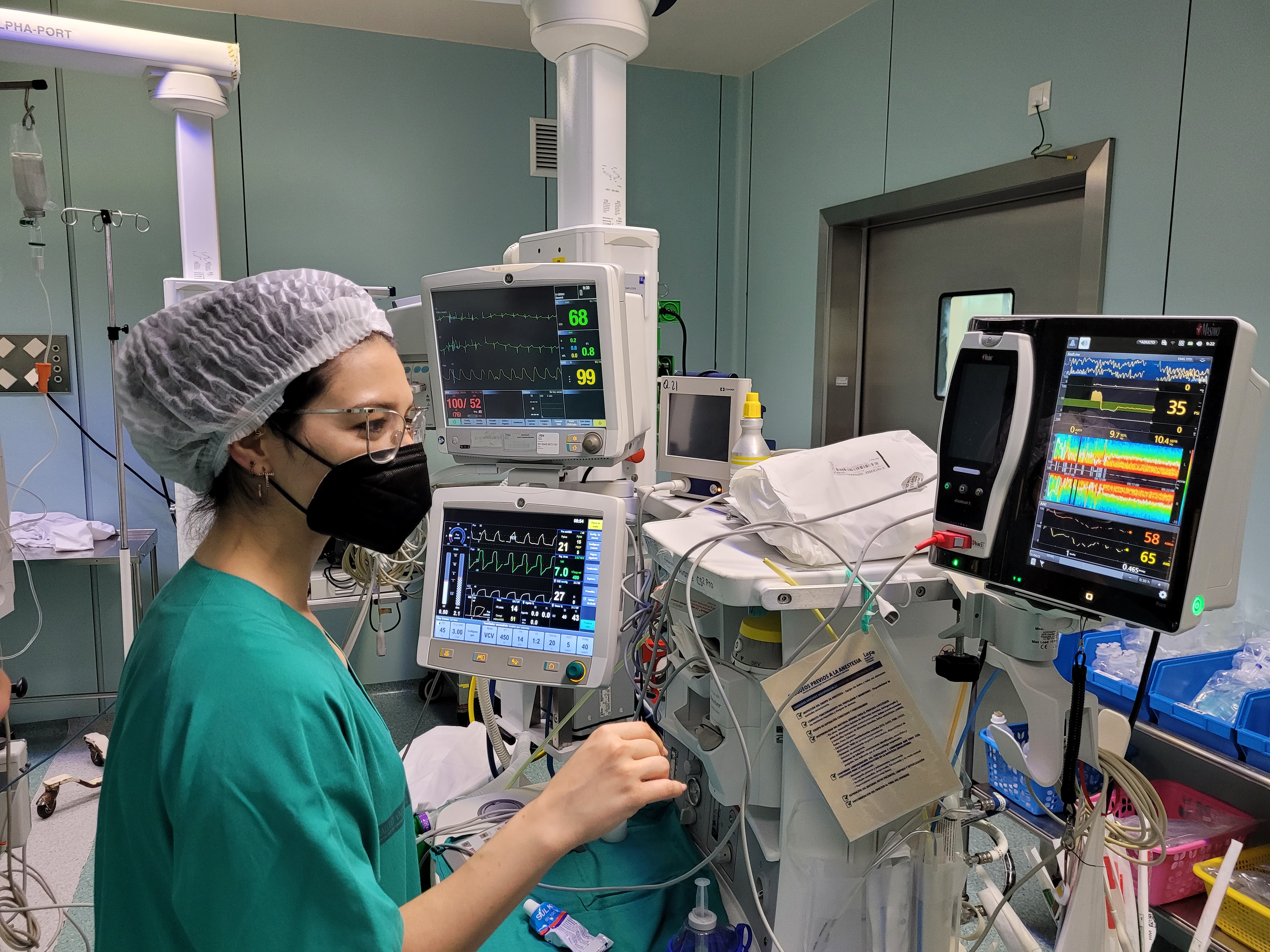
Welcome to the MDoloris Medical Systems website.
This site is reserved for healthcare professionals
Are you a healthcare professional or similar?